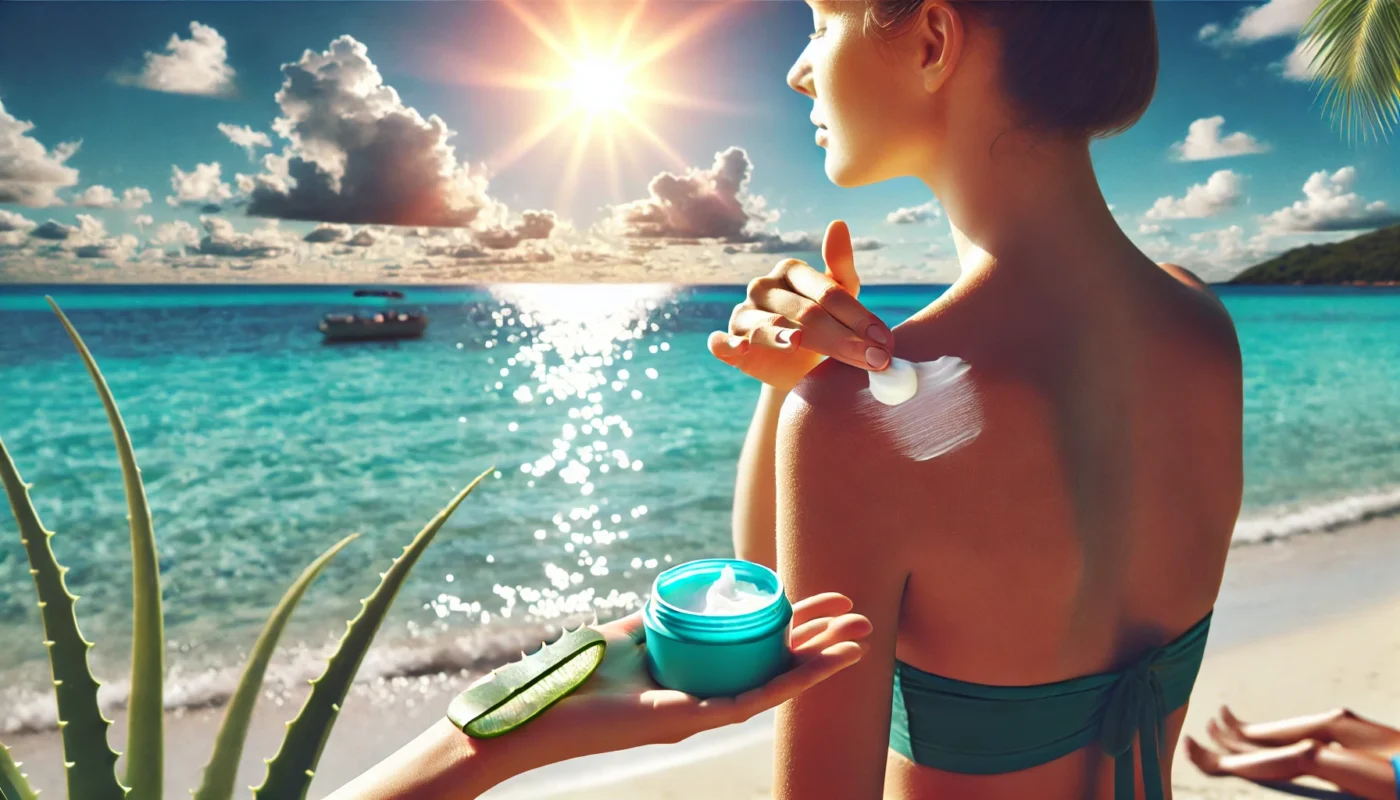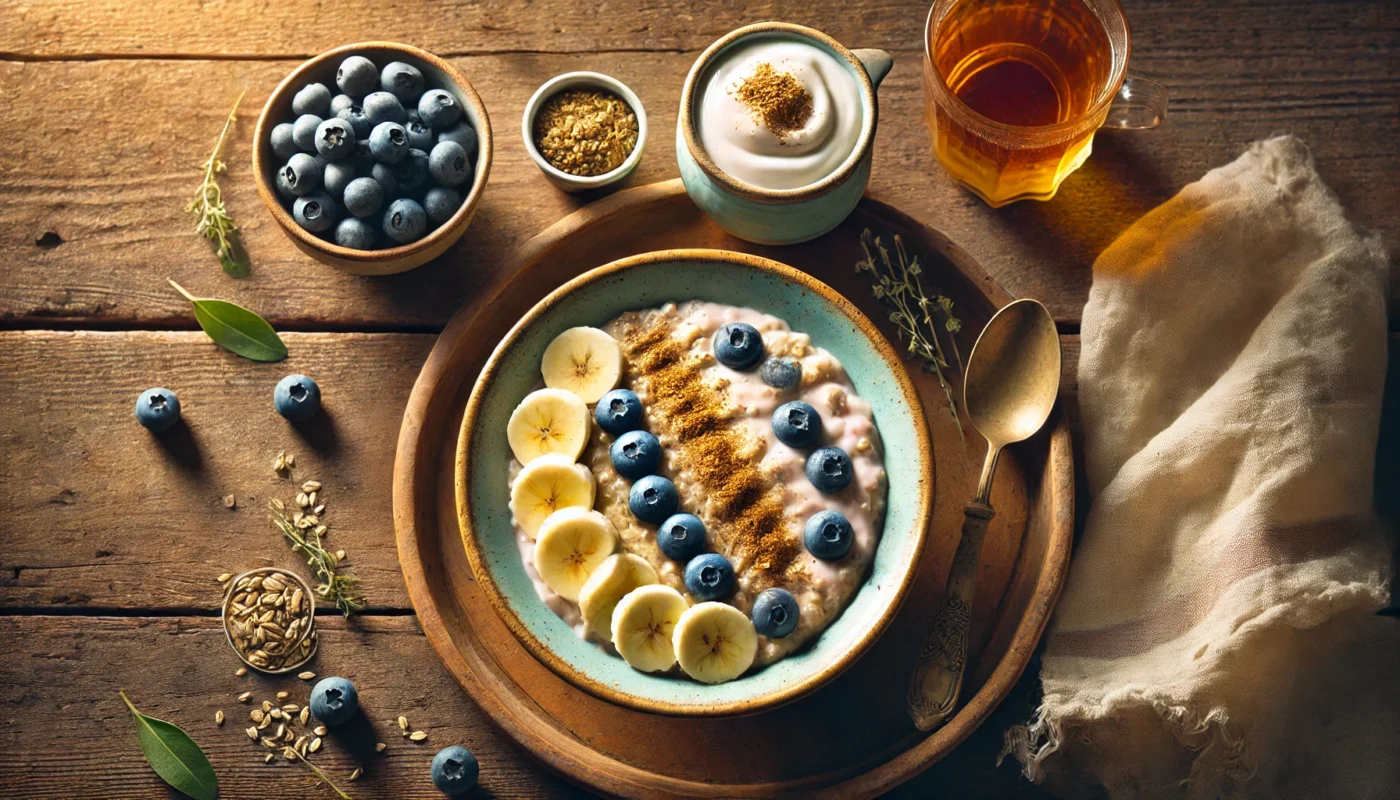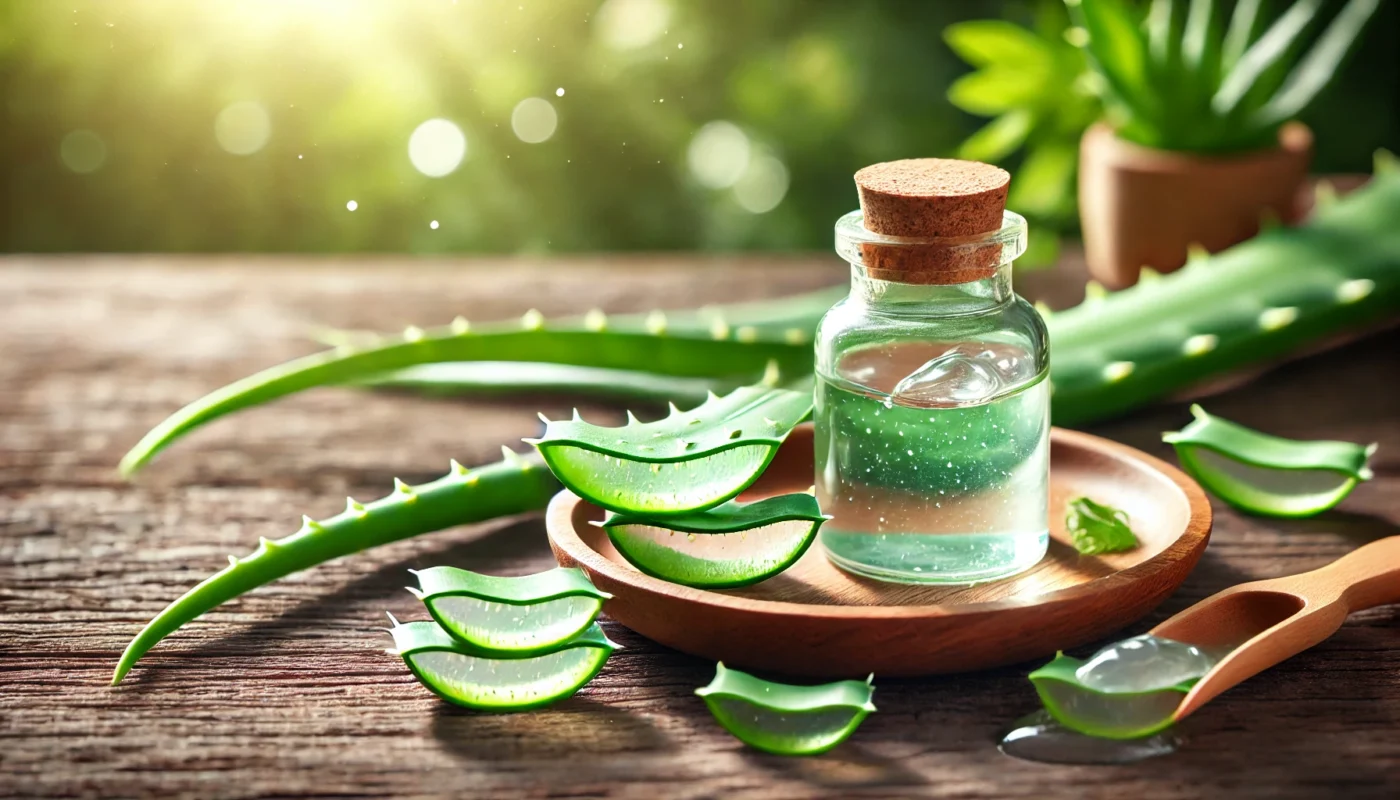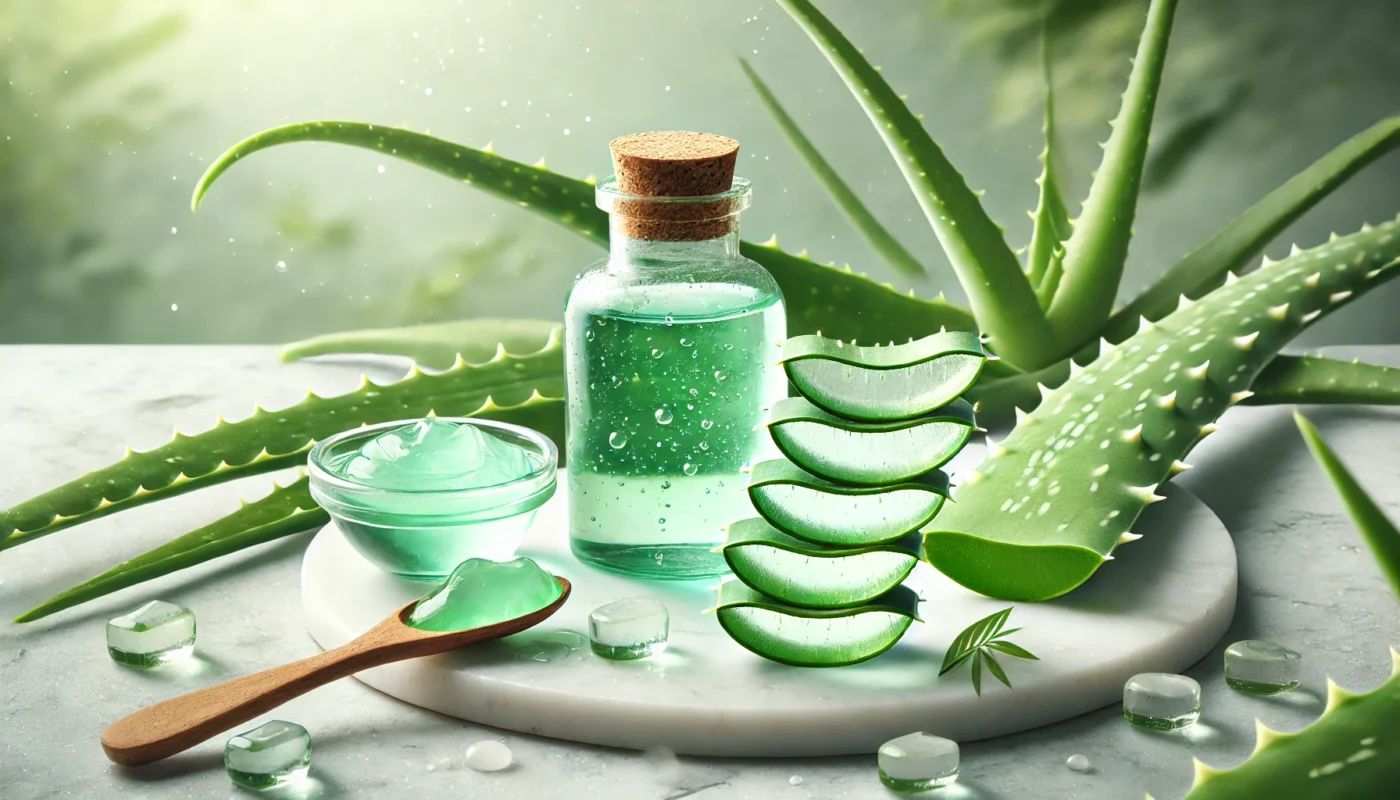The interplay between sunburn and salt water is a topic that often sparks curiosity and debate among beachgoers and health enthusiasts alike. Does salt water help sunburn, or does it exacerbate the condition? In this comprehensive exploration, we delve into the science behind these questions to provide a nuanced understanding of how salt water interacts with sunburned skin.
Tag Archives: hydration
Sunburn is an acute inflammatory reaction of the skin induced by overexposure to ultraviolet (UV) radiation from the sun. This condition not only causes pain and discomfort but can also lead to peeling, blistering, and in severe cases, long-term skin damage. Understanding how to effectively manage sunburn is crucial for both immediate relief and long-term skin health.
Before diving into the specific foods to avoid, it’s important to understand how diet influences arthritis. Certain foods can trigger inflammation, a key factor in arthritis flare-ups. By identifying and eliminating these foods from your diet, you can potentially reduce inflammation and alleviate joint pain.
Inflammation is a natural immune response, but chronic inflammation can lead to a variety of health issues, including arthritis. When inflammation persists over time, it can cause damage to healthy tissues, contributing to the development and progression of arthritis. Understanding the biochemical pathways of inflammation can help in identifying the dietary triggers that exacerbate arthritis symptoms.
Certain foods can either promote or reduce inflammation. Pro-inflammatory foods can lead to the production of substances in the body that worsen inflammation, while anti-inflammatory foods can help reduce these substances. By making conscious dietary choices, individuals can manage their inflammation levels, potentially reducing arthritis-related pain and discomfort.
Stomach inflammation, medically known as gastritis, occurs when the stomach lining becomes irritated, leading to discomfort and other digestive issues. It can result from various factors, including infection, chronic use of NSAIDs, alcohol consumption, and autoimmune diseases.
Sunburn occurs when your skin is exposed to ultraviolet (UV) rays for an extended period. The damage manifests as red, painful, and sometimes blistered skin. Let’s delve deeper into what causes sunburn and how it affects your skin.
The rejuvenating power of Aloe Vera has been celebrated for centuries, transcending cultures and time to remain a staple in holistic health practices. Among its myriad benefits, Aloe Vera’s soothing effect on sunburn stands out as a beacon of relief for those overexposed to the sun’s intense rays. But what does Aloe do for sunburn, and why is it hailed as a natural remedy? In this article, we delve into the science behind Aloe Vera’s effectiveness, explore its applications, and offer practical advice for integrating it into your sunburn relief regimen.
Sunburn is a skin condition caused by overexposure to ultraviolet (UV) radiation from the sun. It is not only uncomfortable but can also have long-lasting effects on skin health.
Sunburn is essentially an inflammatory reaction to ultraviolet (UV) radiation damage to the skin’s outermost layers. This damage is not only painful but can also lead to long-term consequences such as premature aging and an increased risk of skin cancer. The body’s natural response to sunburn involves increased blood flow to the affected area, which leads to the redness and warmth associated with sunburn.
Oatmeal is not just a nutritious breakfast staple; it has long been celebrated for its skin-soothing properties. This simple grain, often found in our kitchen pantries, holds remarkable benefits for treating irritated skin. This is largely due to its rich content of beta-glucans, antioxidants, and anti-inflammatory compounds. These components work synergistically to calm and repair damaged skin. Colloidal oatmeal, in particular, is a finely ground version that is often used in skincare products due to its moisturizing and anti-inflammatory effects.
Sun poisoning, also known as polymorphic light eruption, is a severe form of sunburn. It can occur after prolonged exposure to the sun without adequate protection. Symptoms can vary but typically include:
Red, itchy skin
Blisters and hives
Fever and chills
Nausea and dizziness
Headache
The severity of these symptoms underscores the necessity for effective treatment methods. Understanding the stages of sun poisoning is essential to manage it properly. Early recognition and response can mitigate the effects and promote quicker healing.










